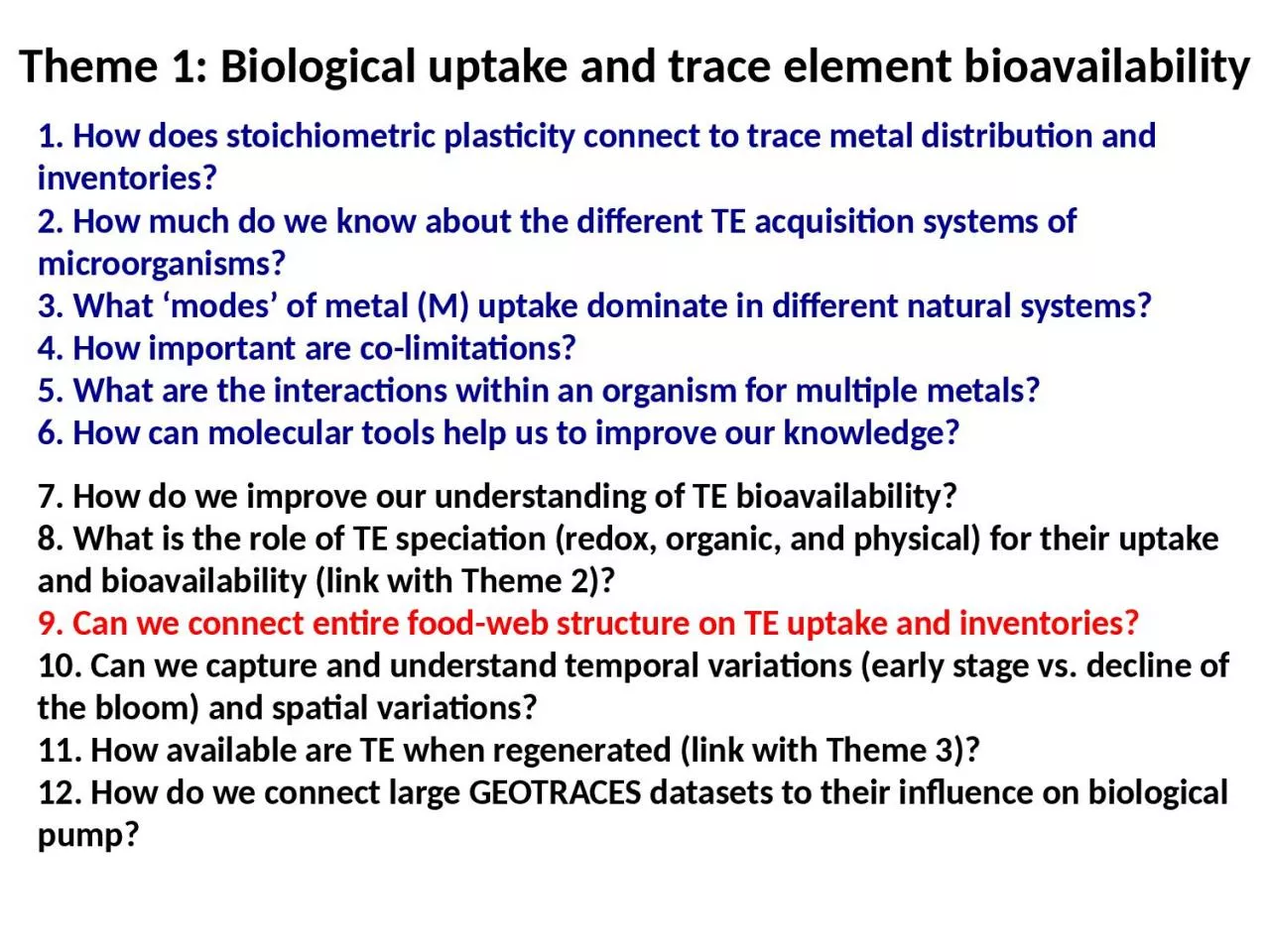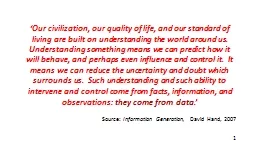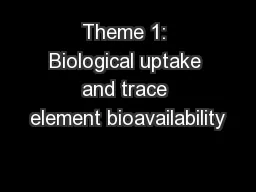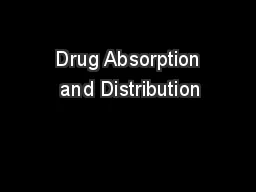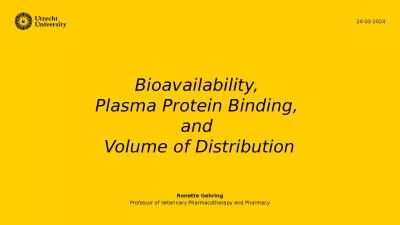PPT-7. How do we improve our understanding of TE bioavailability?
Author : brown | Published Date : 2023-10-29
8 What is the role of TE speciation redox organic and physical for their uptake and bioavailability link with Theme 2 9 Can we connect entire foodweb structure
Presentation Embed Code
Download Presentation
Download Presentation The PPT/PDF document "7. How do we improve our understanding o..." is the property of its rightful owner. Permission is granted to download and print the materials on this website for personal, non-commercial use only, and to display it on your personal computer provided you do not modify the materials and that you retain all copyright notices contained in the materials. By downloading content from our website, you accept the terms of this agreement.
7. How do we improve our understanding of TE bioavailability?: Transcript
Download Rules Of Document
"7. How do we improve our understanding of TE bioavailability?"The content belongs to its owner. You may download and print it for personal use, without modification, and keep all copyright notices. By downloading, you agree to these terms.
Related Documents

